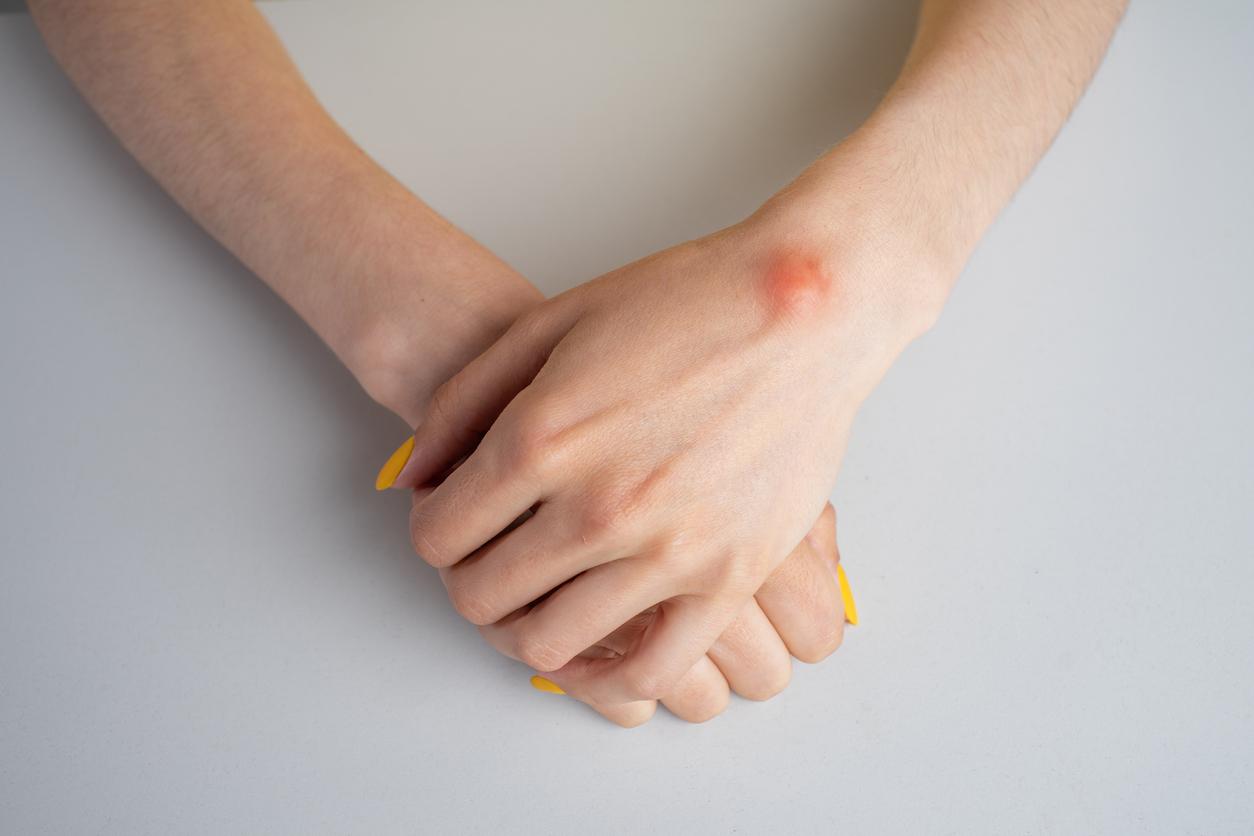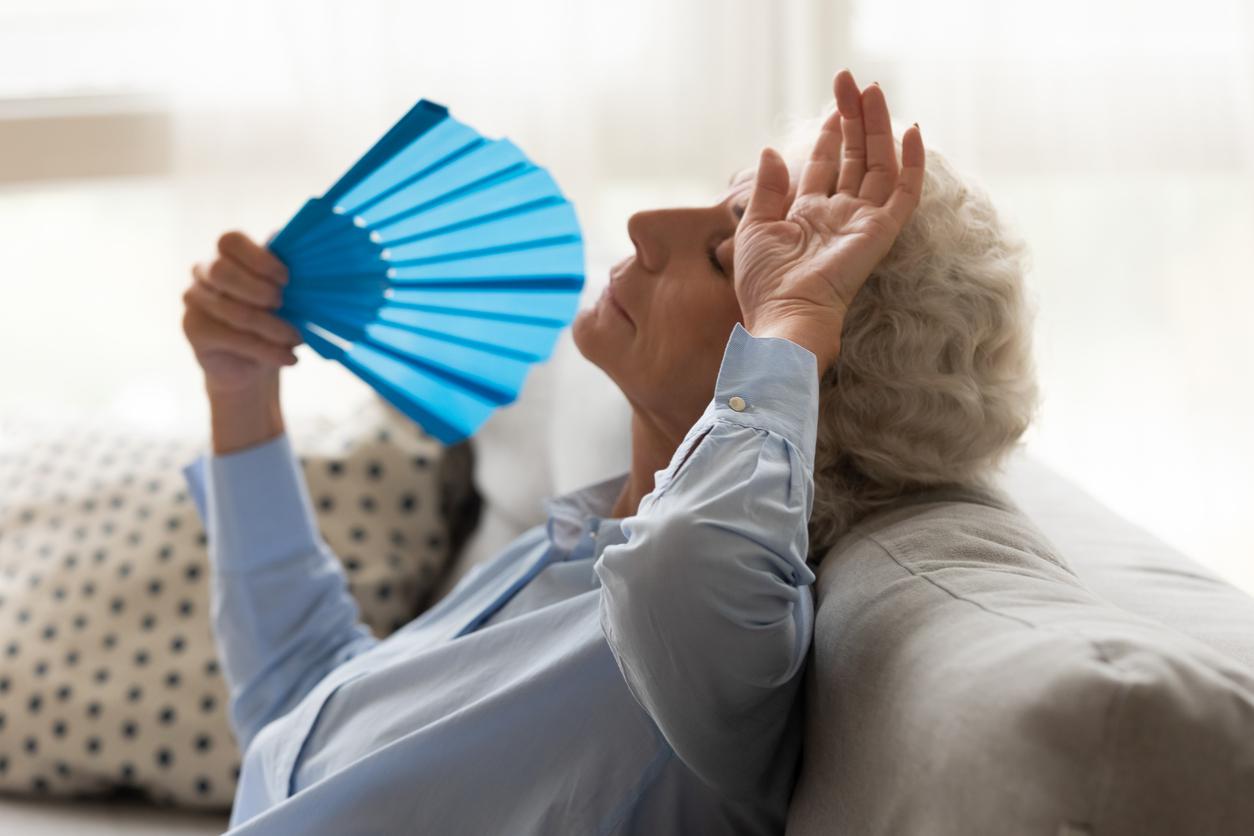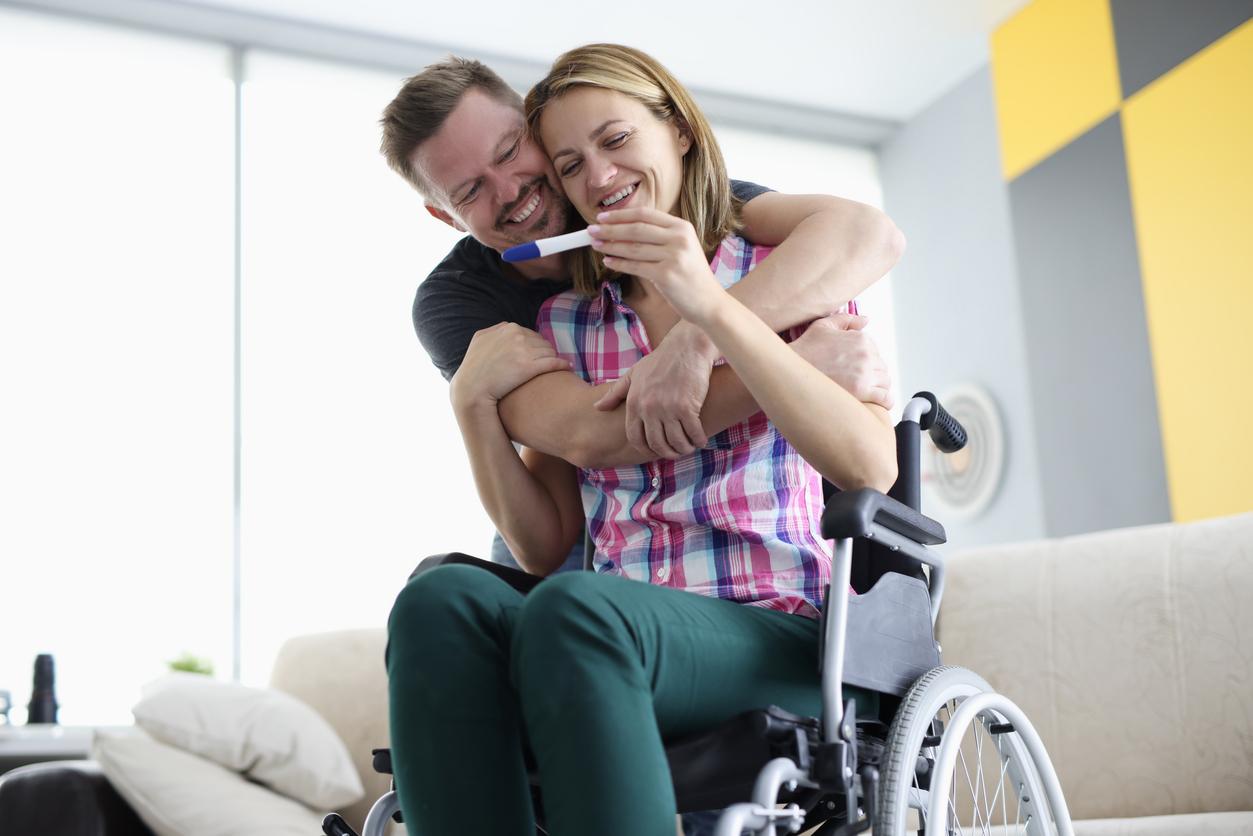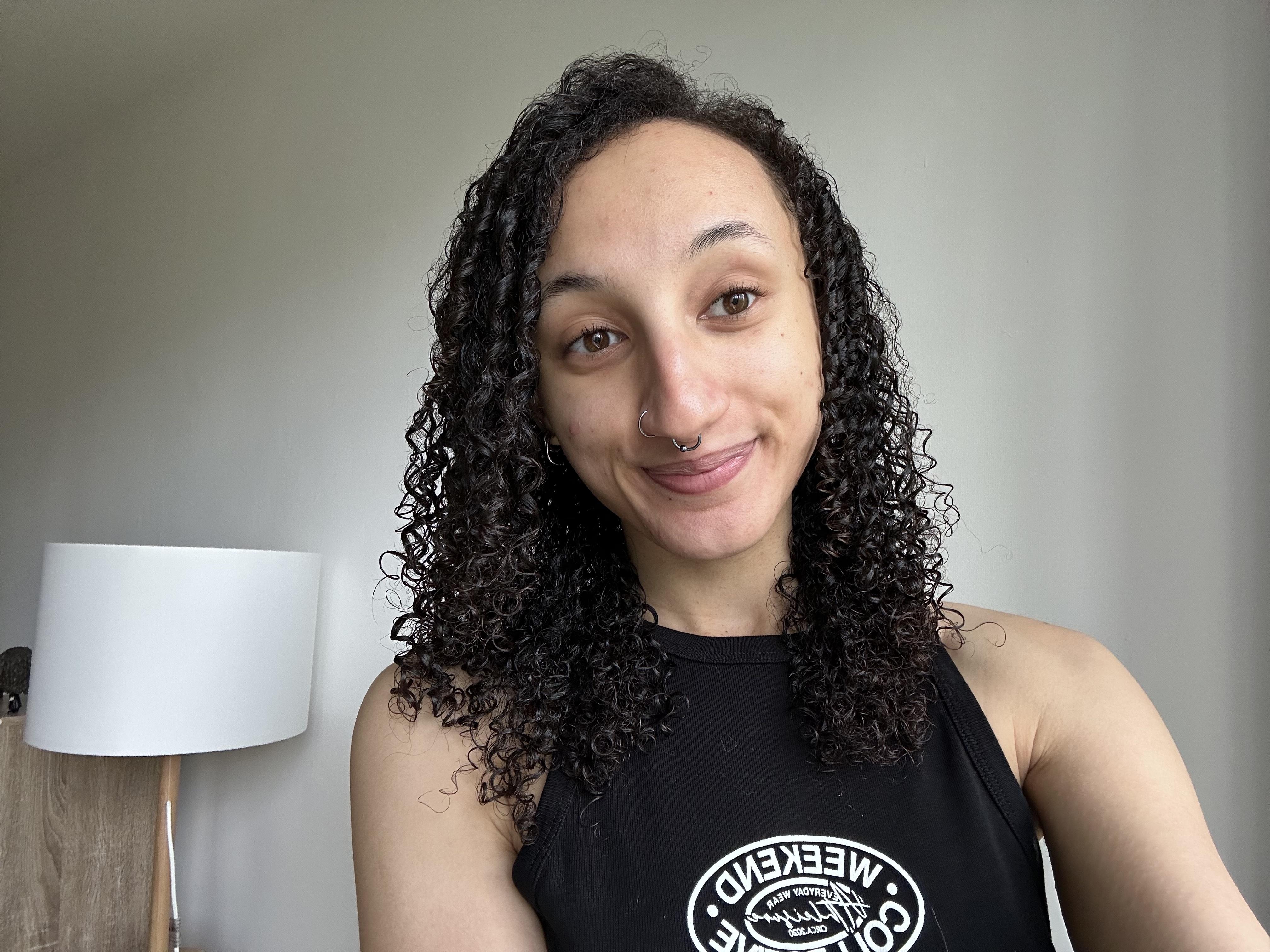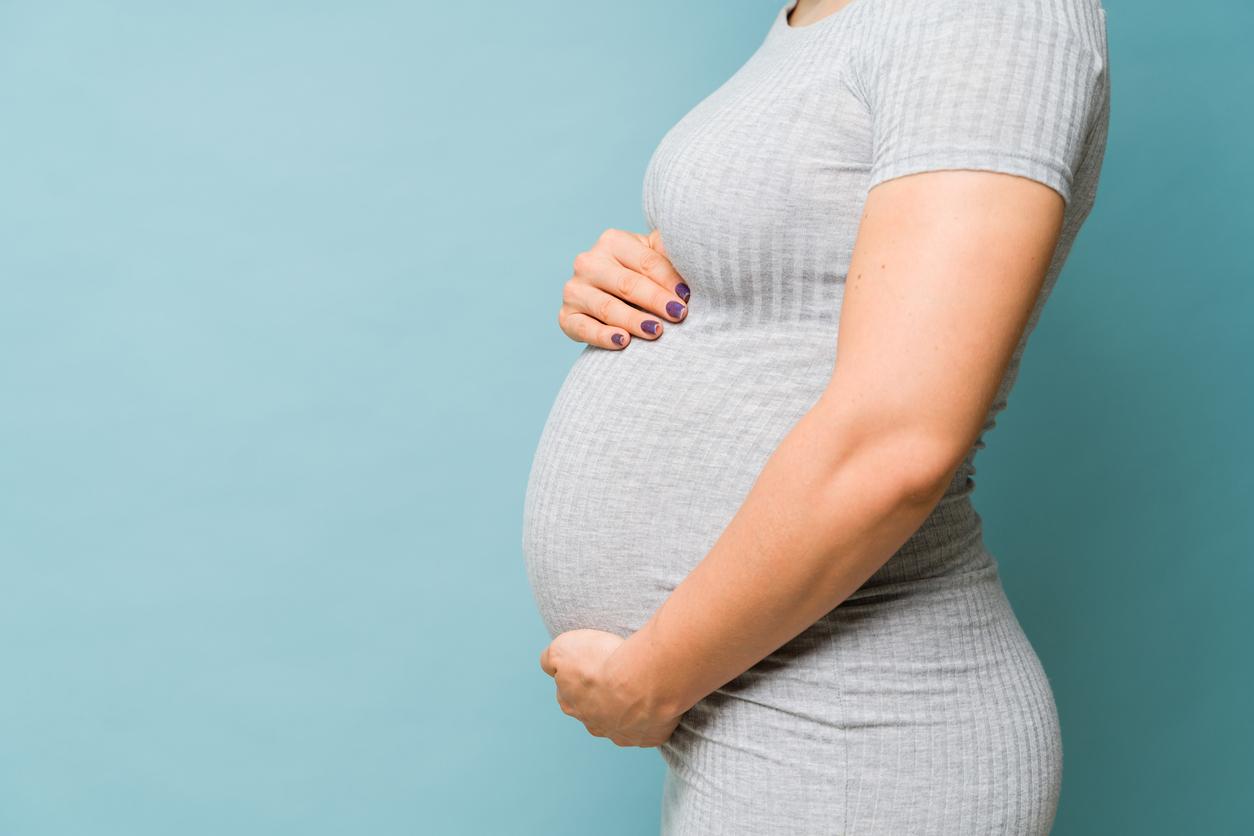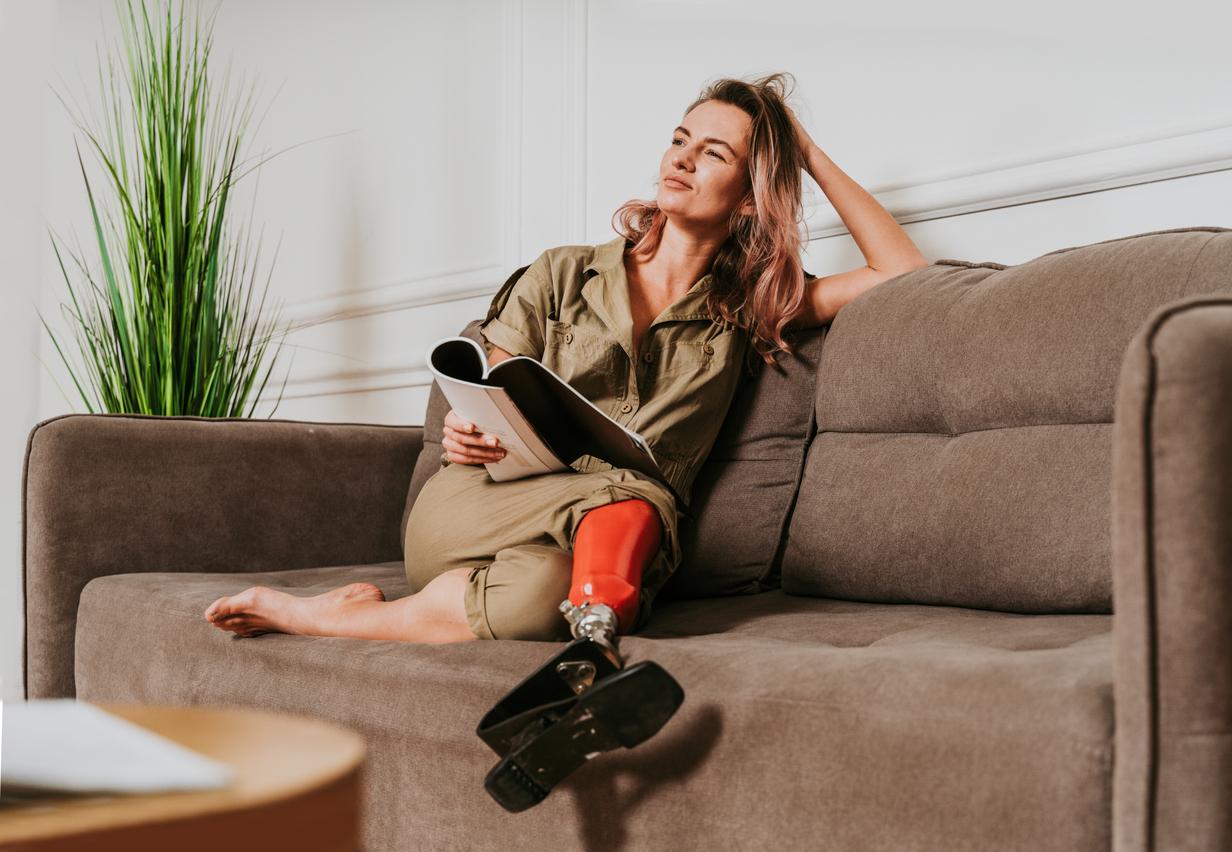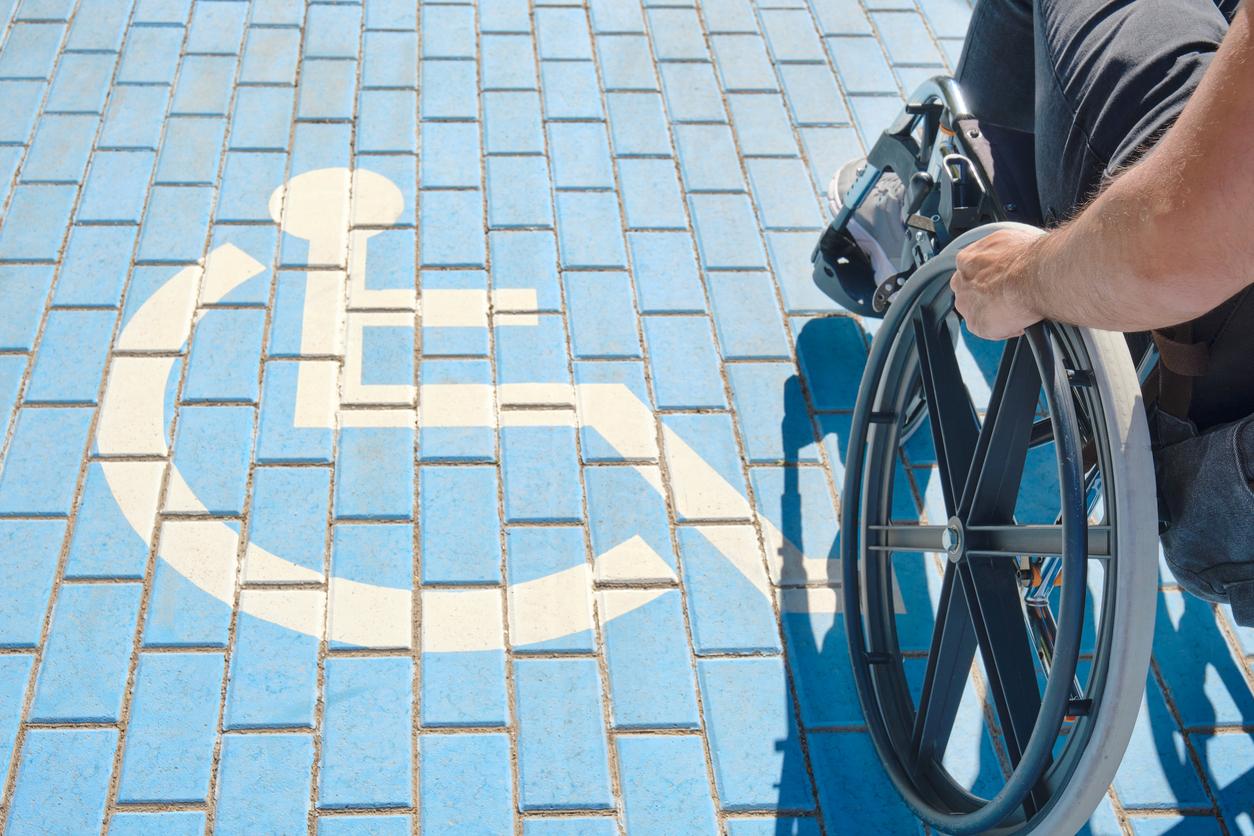A study by La Dress reveals the alarming figures of violence against people with disabilities, twice as often attacked in their homes as the rest of the population.
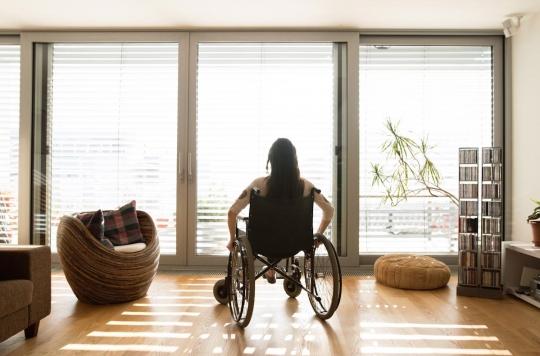
- 7.3% of people with disabilities have experienced physical and/or sexual violence in the past two years compared to 5.1% of the rest of the population
- The gap between people with disabilities and the rest of the population is greater among women than among men
- People with disabilities are attacked twice as often at home or near their home and know their attacker more frequently
Verbal, physical and sexual assaults: 7.3% of people with disabilities have experienced physical and/or sexual violence “outside the household” in the past two years, compared to 5.1% of the rest of the population and at least as many have received threats, compared to 5.8%, according to the living environment and safety survey de la Dress, the studies and statistics department of the Ministry of Health. Among the results, note that 15.4% of people with disabilities also received insults, compared to 14.1% of the rest of the population.
Women more exposed than men
“The gap between people with disabilities and the rest of the population is greater among women than among men”, remarks the Dress. Indeed, 4.1% of women with disabilities have been victims of sexual violence, compared to 1.7% of the rest of women. Similarly, 18.1% of them were victims of verbal abuse against 15.1%.
Disabled people are attacked twice as often at home (17% against 8%) or near their home and know their attacker more often than the rest of the population. Only one in four victims went to the police station or the gendarmerie after being attacked, compared to a fifth of the rest of the general population, and two thirds of them filed a complaint. “According to data recorded by the security forces, nearly half of people with disabilities who file complaints do so for acts of physical or sexual violence”.
An exacerbated feeling of insecurity
Overall, whether or not they have been assaulted, people with disabilities feel less safe in their homes than those without disabilities. In detail, 17% of people with disabilities say they feel “occasionally or often insecure” among them, compared to 11% of the rest of the population.
People with disabilities are often removed from difficult living conditions. In December 2018, a study by the Fondation de France revealed that 12% of disabled or sick people suffered from isolation, compared to one in ten people in the general population. Forty-eight percent of isolated disabled or ill people said they had the impression of being “a burden for their loved ones”. As a result, 51% of them limit their relationships so as not to have the feeling of being a burden on those around them, compared to 35% of isolated people without disability or illness.
.









